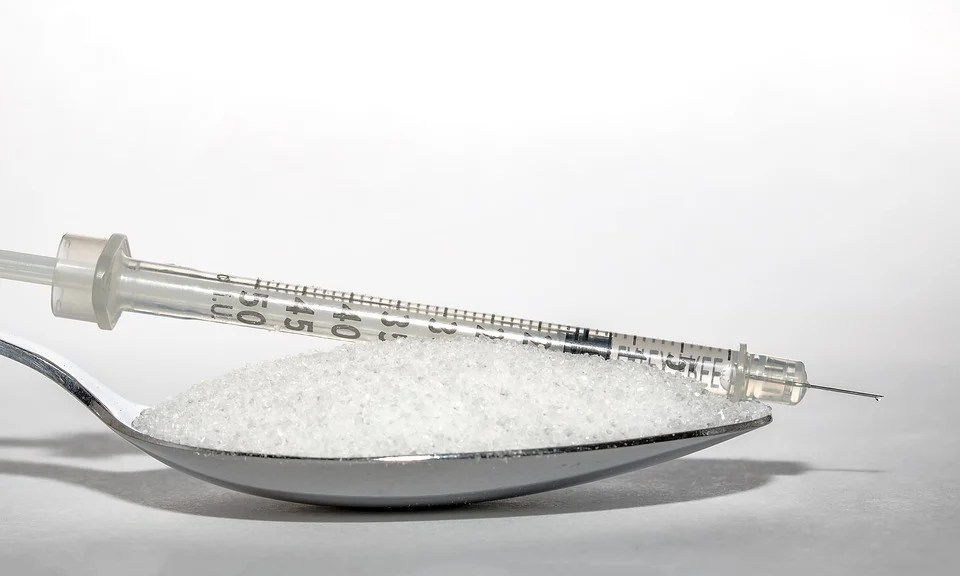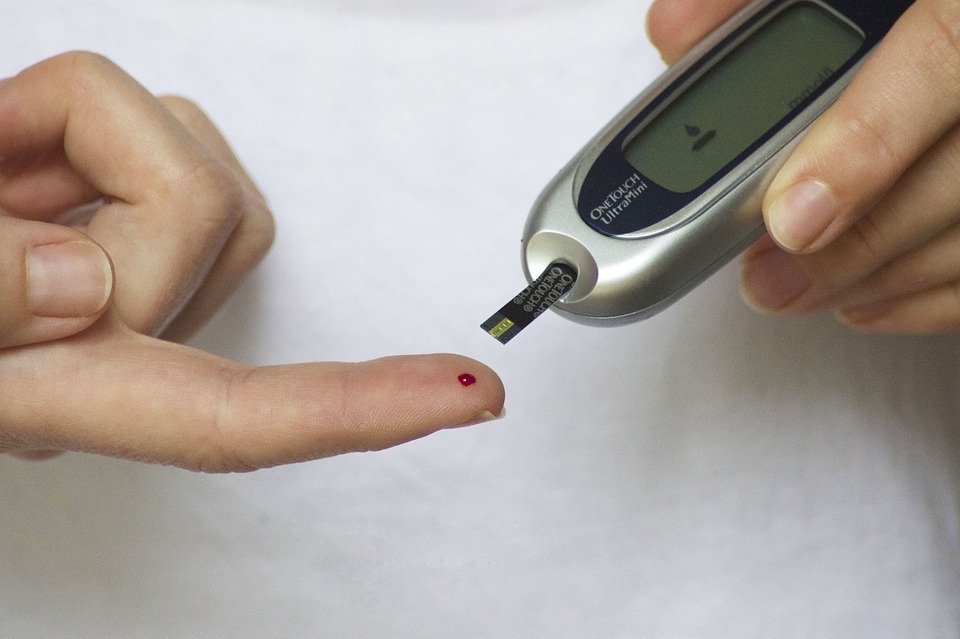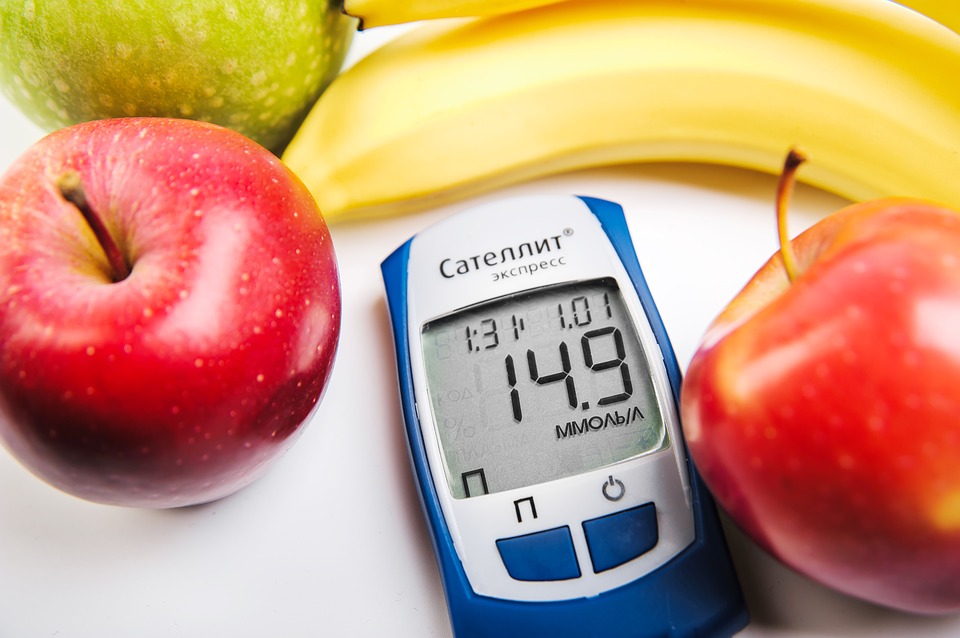Hello Reader,
Hope all is well wherever you may be and i hope you are staying safe and adhering to protocols meant to protect us from the virus.
Today we going to continue our lessons on diabetes and its effects on the eye. If you are new to this lesson kindly check out the first write up here.
Introduction
Diabetes results in one having more glucose in their blood than what it ought to be, this to much glucose in the blood is not healthy for the system and tend to cause lots of damage to organs and organs systems. Also, because these glucose are not able to get to the cells and tissues they starve and the system tend to fend off the fats which may also result in ketoacidosis.
Studies say that individuals diabetic eye disease is one of the major causes of vision loss especially in the the western world, perhaps due to the high numbers of diabetic patients registered as time goes on.
Cataract
One of the commonest happenings as a result of diabetes diagnosis or acquisition is cataract development and its acceleration of maturity in individuals already having it. What happens is that the glucose in the blood are reduced to sorbitol to be converted to fructose by sorbitol dehydrogenase, because of the quantity of glucose present more sorbitol is produce than could be converted.
This results in a concentrated medium been formed creating an osmotic polarity in the crystalline lens. More liquid is drawn into the lens disturbing its integrity and clarity leading to the cataract formation as it become opaque and the lens cells get disturbed or disrupted.
Aside this too, the is the issue of the endoplasmic reticulum getting disturbed by sorbitol which in turn results in lots of free radicals formation. They cause apoptosis of lens cells and also eat their way at anything they come in contact with. This also contributes to opacification of the lens.
Glaucoma and Diabetic Retinopathy
Another condition that may arise from one been diabetic is glaucoma. Glaucoma is a blinding condition that destroys the nerves of the eye through apoptosis, it is characterized by high intraocular pressure, visual field loss and other classic signs that may observed by your optometrist on your retina or fundus.
So what happens is that because the glucose is stuck in the blood and its not getting to the cells enzymes that cause proliferation of new vessels is released and neovascularization occurs. These vessels do not normally form well and tend to bleed into the eye, they may also grow in place they are not meant to grow. when this happens the individual is said to be suffering diabetic retinopathy meaning the diabetes is impacting the retina, its function and integrity.
When the formation of new vessels happen to block the drainage system of the eye, the fluid of the eye builds up and results in a rise in the intraocular pressure. This affects the optic nerve head and results in apoptosis of the cells, the longer it stays like this the worse the situation gets as loss of visual field comes and in and eventually loss of sight.
Macular Edema
The macular is the part of the retina for central vision. The area has not blood vessels whatsoever and it is quite thin and close to the choroid to get access to energy and nutrients for the blood easily. When retinopathy as a result of diabetes occurs there is leakages of fluids and blood in the retina due to improper formation of new vessels.
A lot of times some these leakages get to the macular area and may cause swelling. When this happens ones central vision is affected and the individual may end up losing their sight as a result. As a matter of fact studies shows that it is common means by which individuals loss their sight as a complication of diabetes or diabetic eye disease.
General Symptoms
Individuals who suffers from diabetes or diabetic eye disease generally present with blurry vision or wavy vision especially for those with the macular area already affected. They may also suffer from flashes and floaters.
Treatment
As the conditions discussed stems from the diabetes as a condition or disease, treating or managing you diabetes well is surest way to keeping these conditions at bay or arresting their development. Irrespective each of these conditions have their treatment plans which your optometrist together with your ophthalmologist will discuss with you for you to be aware of your options and which may favor you best based on your prognosis.
Conclusion
Diabetic eye disease is surely not one to joke with, it is always important to seek professional opinion when in doubt and to go for regular checks up especially to the eye clinic if you know you are a diabetic patient so we can arrest some of these complications earlier and save sight. Good Life stems from healthy living, healthy eating and a healthy lifestyle.
Thanks for reading, stay safe and have a great week, Special thanks to my mentors and supporters @mcsamm, @tj4real, @armandosodano, @delilhavores, @gentleshaid, @agmoore. For further reading;
Zhao, Ying-Xi, and Xiang-Wu Chen. “Diabetes and risk of glaucoma: systematic review and a Meta-analysis of prospective cohort studies.” International journal of ophthalmology vol. 10,9 1430-1435. 18 Sep. 2017, doi:10.18240/ijo.2017.09.16
Javadi, Mohammad-Ali, and Siamak Zarei-Ghanavati. “Cataracts in diabetic patients: a review article.” Journal of ophthalmic & vision research vol. 3,1 (2008): 52-65.
https://www.diabetes.co.uk/diabetes-complications/glaucoma.html
https://www.hindawi.com/journals/joph/2010/608751/
https://www.nei.nih.gov/learn-about-eye-health/eye-conditions-and-diseases/macular-edema



Dear @nattybongo
What a wonderful detailed article. I feel like making a GIF about the evil free radicals that
Horrible creatures :)
Thank you for writing this quite extensive article.
Be well,
AG
Horrible creatures indeed, haha, thanks for reading sir, it is always a pleasure to hear from you.